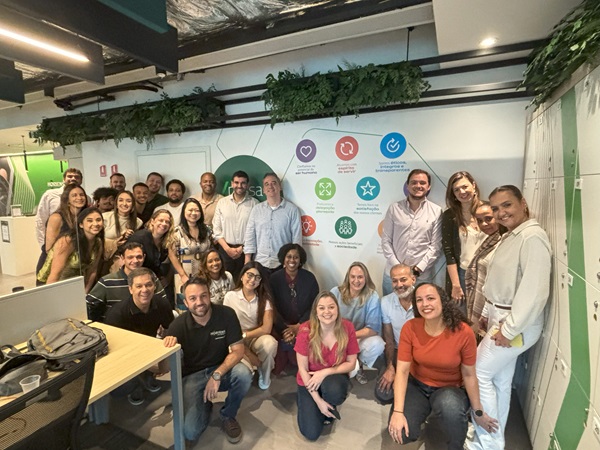The Ever Given’s case and the cargo marine challenges

Written by: Eduardo Damião - 19/04/2021
Where a porta containers’ ship, such as the Ever Given, the length of which is comparable to the height of the Empire State Building, gets stranded and blocks the passage of more than 400 ships through the Suez Channel, one of the main waterways of the world, it is only natural that all attentions and tensions turn to the fact, bringing to the surface the risk exposure discussions and scenarios involving the traffic of large vessels and the vulnerabilities of the global supply chains.
Such incident occurred at the end of March and will certainly remain labeled in the history of logistics and cargo transportation by sea, since the Suez Channel is the main route to move merchandises between Europe and Asia, representing 12% of the global marine trading, 10% of the petroleum shipments by maritime ways and through which around US$ 400 million cargoes pass each hour.
The refloating of the Ever Given after six days, allowed the normalization of the channel traffic and may yield important negotiations in a race to mitigate any losses. Nevertheless, the objective here is not to raise its causes and consequences, but rather to take advantage of such an emblematic and recent example to illustrate the major perils coupled to cargo marine, an essential theme for any Company which uses such modal for its logistics’ operations.
Risk analysis and transfer to prevent losses
Cargo marine is the most ancient modal and the mostly used for the international trading, responsible for 80% of the global trading in volume, and for more than 70% in value, pursuant the United Nations Organization’s (UNO) data.
On the high seas, the climate conditions and possible damages to the environment are at the top of the list of perils, which may result in a series of impacts. But it is necessary to analyze beyond that. One of the most relevant aspects to be considered, refers to the liability in case of incidents.
Under such situations, who must bear the losses? This is a crucial reflection to adopt adequate protection measures, knowing, for instance, when the ship does not belong to your Company, but is rather at your service, you may be held responsible for damages to third parties.
The assessment of the perils of such a complex market, full of particularities, requires a specialized expertise, which will allow a customized analysis of the exposure and a qualified negotiation for the collaboration with the risks mitigation.
There are since insurances with coverage for cargo exposures, to damages to the vessels (hull & machinery), exposures to the loss of, or to damages to the cargo and yet the P&I (Protection & Indemnity), normally offered through the so-called P&I Clubs.
As it can be seen, despite the long transportation history, we can say without any doubt that the navigation is not a simple task and it is not for nothing that the cargo insurances’ origin is related to the development of trading.
The Ever Given’s case strengthens an important lesson: the in-depth knowledge of the risks’ chain, which your Company is exposed to, is essential for any operation. Where we mention the maritime modal, considering its worldwide extremely high relevance for the movement of merchandises, it is worth remembering that accessing the high seas, not knowing the coupled exposures to the maritime environment is the same as navigating with blindfolded eyes.
In your opinion, what are the learned lessons with the Ever Given’s case?









